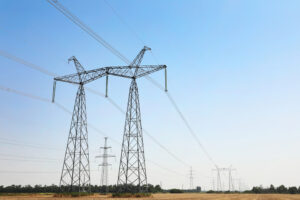Bellwether Properties, LLC, (“Bellwether”) owned property encumbered by a 10’ utility easement owned by Duke Energy, Indiana (“Duke”). Duke owned a ... Read More
condemnation law
Eminent Domain Answers for Landowners
The idea that the federal government can seize your private property sounds unfair. However, the United States Constitution gives the government the ... Read More





